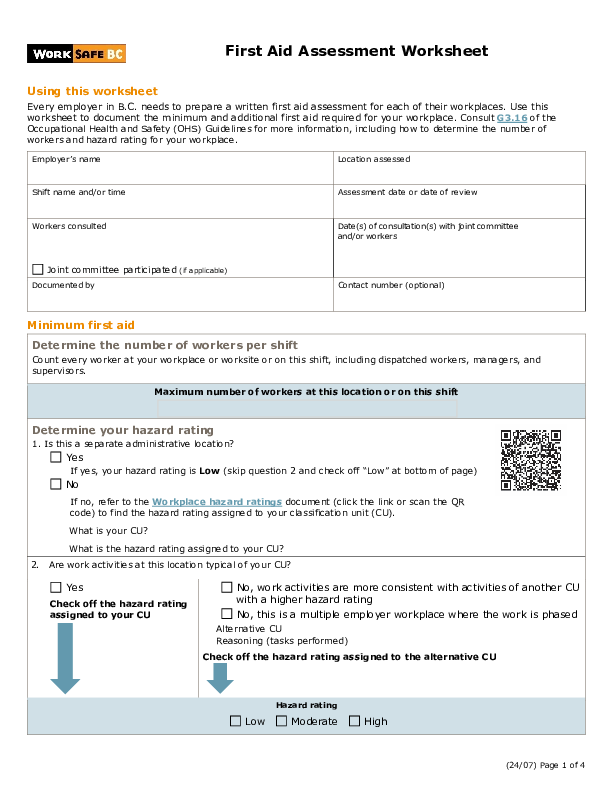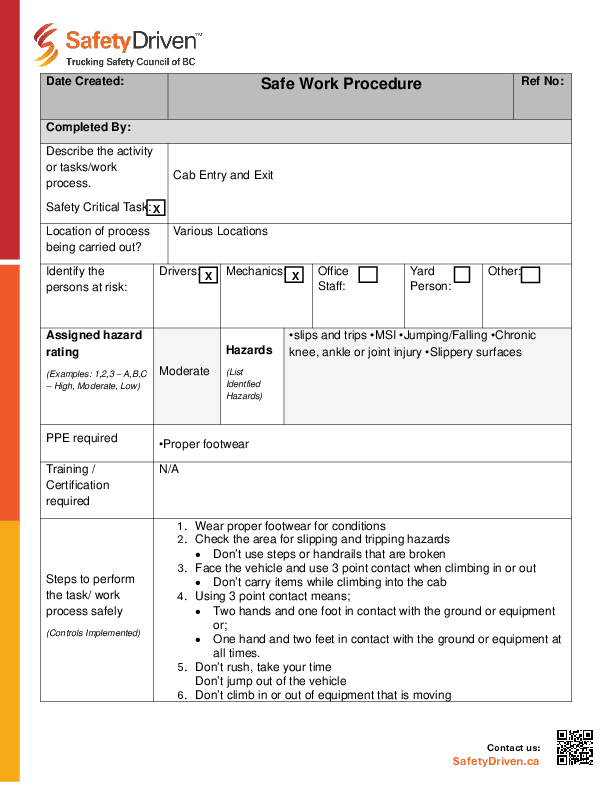
Psychological Safety: Inclusion in Action
Safety leaders are speaking up.
When it comes to core values, safety is often at the top, no matter the industry. For challenging workplaces such as manufacturing plants, a focus on the physical safety of those facilities often results in marked improvement in key safety performance indicators. However, that is only the beginning of creating a safe place to work. Leading organizations are also focused on the importance of building and supporting workplace environments where employees feel psychologically safe as well.
A safe work environment not only protects lives and livelihoods but also provides a place where all employees can feel emotionally and mentally safe. Improving psychological safety in addition to physical safety protects our ability to speak up, share ideas and opinions, learn new skills and challenge the status quo. It also encourages employees to seek support when experiencing mental health distress, a particularly necessary and poignant element as over 40% of Americans are experiencing elevated levels of mental health distress in conjunction with the COVID-19 pandemic.
Today, safety leaders and executives are placing more emphasis on creating psychologically safe environments, where individuals feel a sense of belonging and inclusion and are free to contribute without fear of negative consequences. Creating a holistic – or 360° – approach to safety is one way U. S. Steel is working to engage and reach all employees, no matter where they work. Ensuring that all employees feel safe, so they can do their best work is a cornerstone of how safety is approached at the National Safety Council.
While physical hazards typically come to mind first when thinking of safety, subtler psychological, social and emotional factors can distract or impact employees mentally, which can lead to physical safety and health issues. Moreover, mental wellbeing is a critical component of worker health and safety. Workplaces should prioritize protecting employees’ mental health and safety on an equal level with physical safety.
The main barrier to psychological safety in the workplace is the lack of awareness about how to create the right environment, and that all starts with how people are treated in the workplace. It should be every business leader’s goal to create a workplace environment where every employee feels accepted and respected and valued for their contributions. In this kind of environment, people will feel safe and confident enough to be themselves, allowing them to do their best work. The ability to create an inclusive, diverse workplace and a culture of caring with safety as the foundation leads to positive outcomes for everyone.
Creating the right environment may not always be the easy choice, but it is always the right one. While it is difficult to fully control our environment, especially during a pandemic, fostering an inclusive, psychologically safe workplace is something we can control by taking these steps every day:
– Observe the actions of those around us.
– Listen more closely to our coworkers.
– Consider other perspectives and challenge our own biases.
As we begin to understand behaviors or actions that may lead to an environment that is not as psychologically safe as it could be, we must do the right thing, which often means having difficult conversations, including with ourselves.
Keeping psychological safety top of mind involves:
– Responding with respect when interacting with coworkers and clients.
– Asking and considering the opinions and perspectives of others.
– Courageously speaking up if you observe someone who is not creating a psychologically safe environment.
– Encouraging employees to seek support when needed.
Ensuring psychological safety makes it possible for everyone to bring their best selves to work. When we get everyone to contribute, our workplaces and our communities not only survive, but thrive – safely. We must challenge ourselves and each other to do better, so that we create a truly safe place to work for all.
Stay up to date and sign up for one of our newsletters for hot topics on Wellness, Commercial Vehicle Safety and more!
Latest Resources
First Aid Assessment Worksheet
Every employer in B.C needs to prepare a written first aid assessment for each of the ...
Safe Work Procedure: Cab Entry & Exit
An Employer can make use of a safe work procedure (SWP) by training new and existing ...

